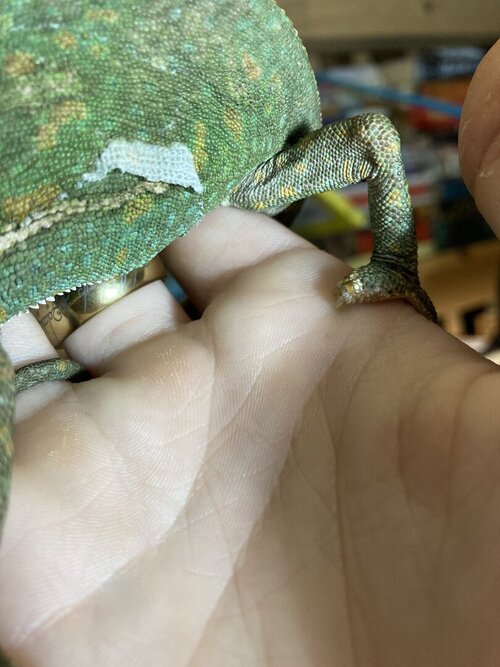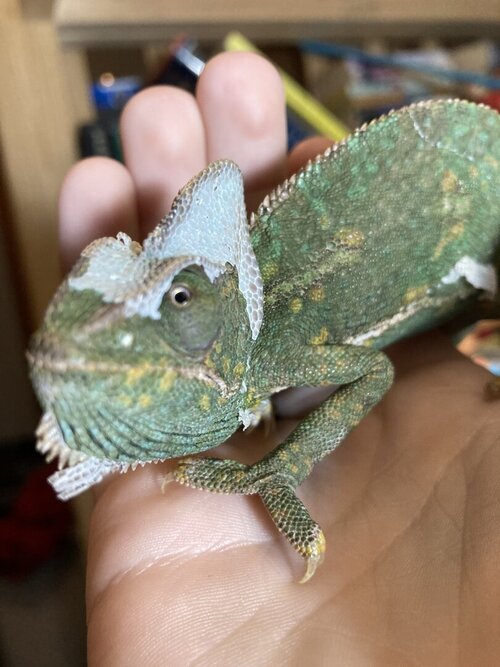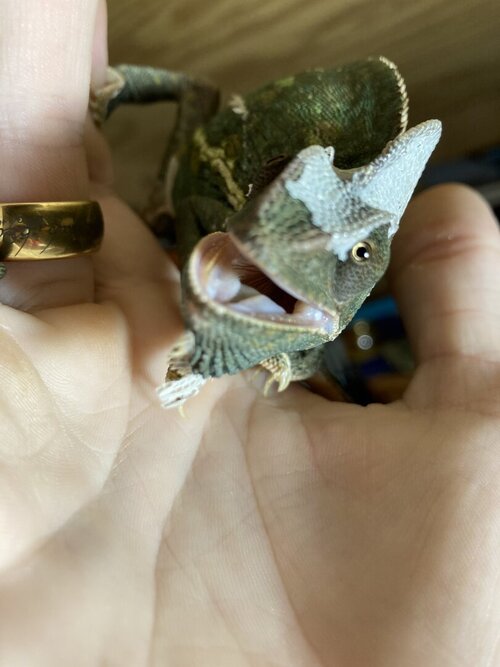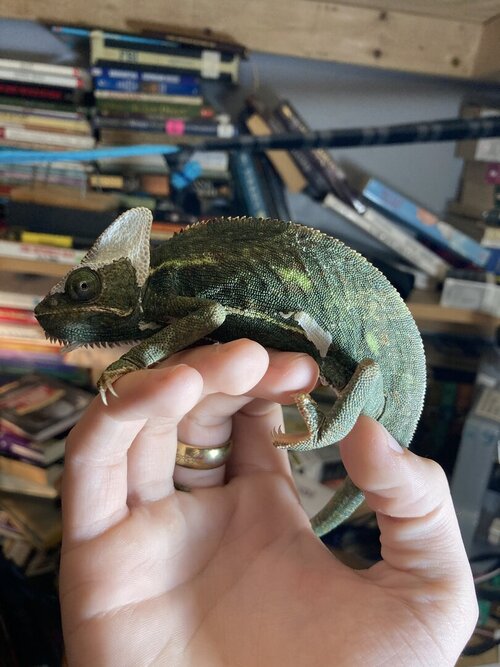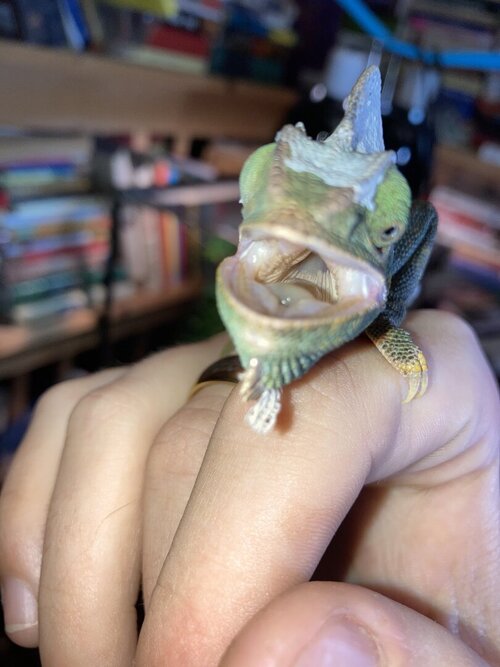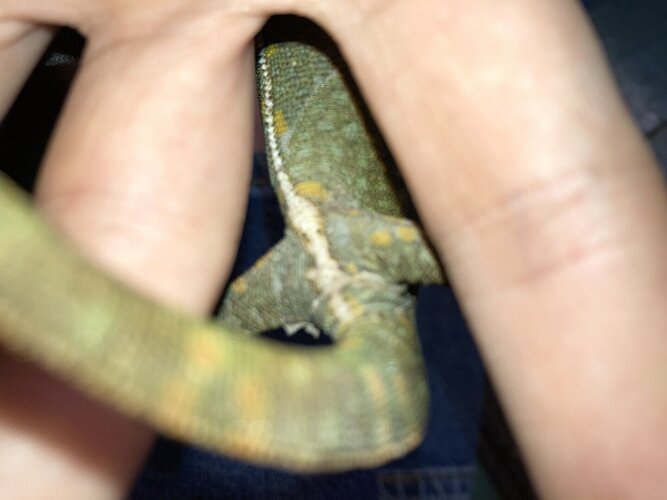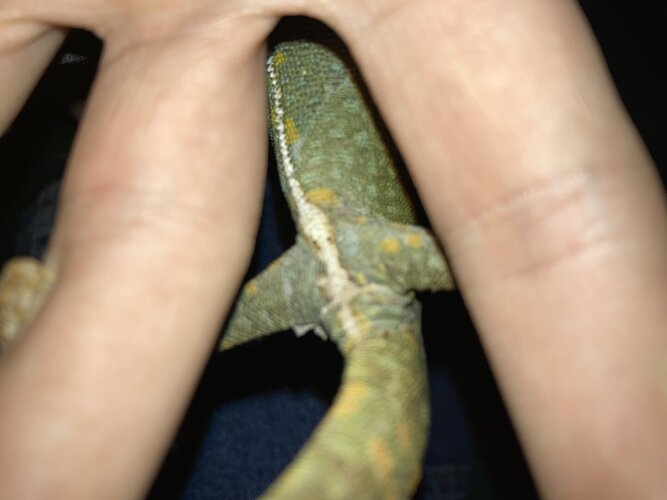GiovanniBelinni
New Member
My veiled chameleon (Giovanni) has not been eating crickets for roughly the last month. He is somewhere around 6 -10 months old. I’ve been hand feeding him apple pieces and banana slices dipped in multivitamin powder and calcium powder. This started when we couldn’t get crickets for a few weeks, so I used fruit as an alternative. He seems to be doing well, but I know he needs a better staple food. I don’t use a feeder, I just release a few into his enclosure. Is there a way to get him to eat crickets again? Once he does I plan to start farming crickets. Thanks!





